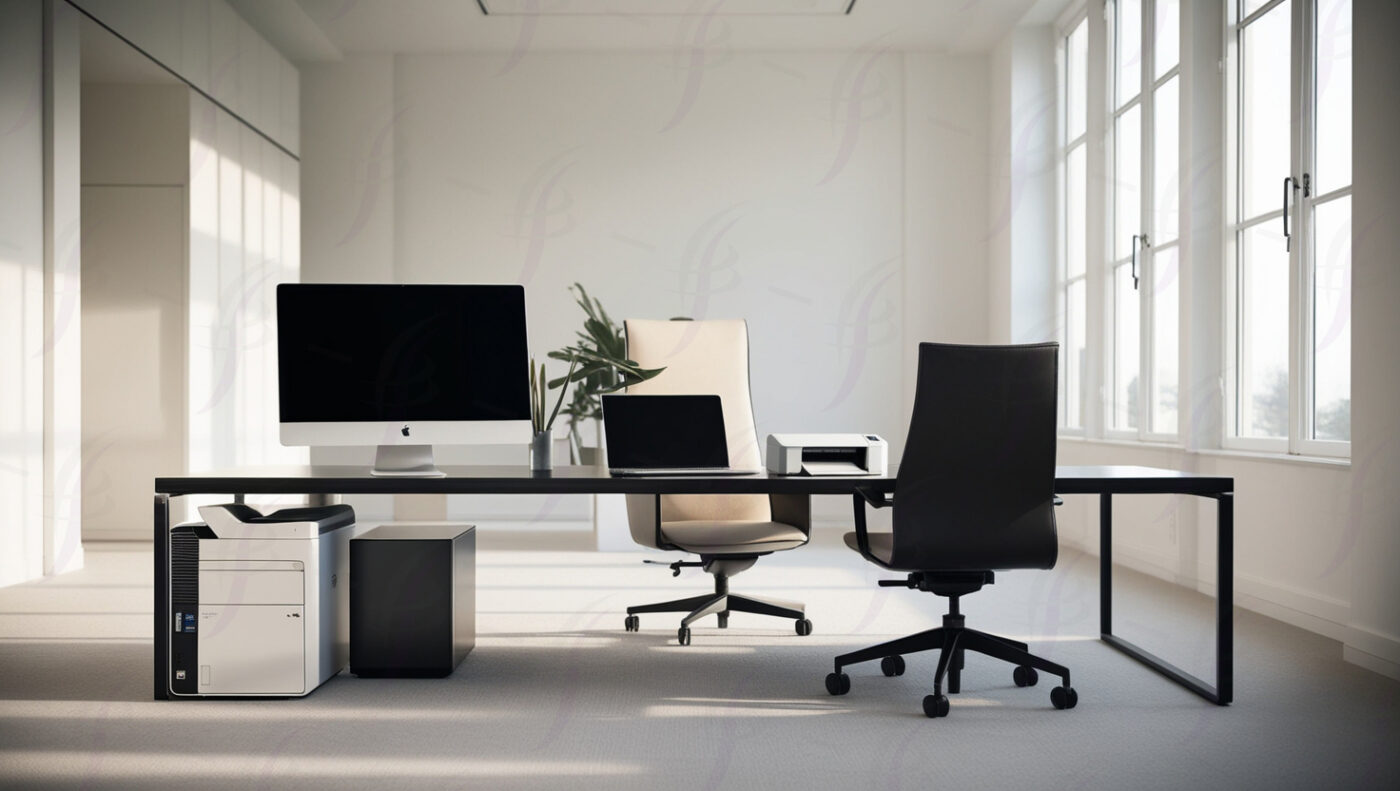Office Furniture
A Guide to Choosing Office Furniture
Introduction
Creating a productive and comfortable workspace is essential for any business, whether you’re setting up a new office or revamping an existing one. Office furniture plays a critical role in shaping the work environment, influencing not just aesthetics but also employee well-being and efficiency. In this comprehensive guide, we explore the various types of office furniture, key factors to consider when making your selections, and the latest trends in office design.
Understanding the Importance of Office Furniture
Office furniture is more than just functional; it reflects the company’s culture and values. The right furniture can enhance productivity, support employee health, and create a welcoming atmosphere for clients and visitors.
Types of Office Furniture
Desks and Workstations
Desks are the centerpiece of any office, providing a dedicated space for work. They come in various styles, including traditional executive desks, modern standing desks, and versatile modular workstations. Choosing the right desk depends on the nature of the work and the available space.
Chairs and Seating
Comfortable seating is crucial for maintaining employee well-being. Ergonomic office chairs are designed to provide proper support, reduce strain, and enhance comfort during long work hours. Other seating options include visitor chairs, lounge seating, and conference chairs.
Storage Solutions
Effective storage solutions help keep the office organized and clutter-free. Options include filing cabinets, shelves, lockers, and mobile pedestals. Choosing the right storage depends on the type of documents and items you need to store and the available space.
Conference Room Furniture
Conference rooms are where important meetings and presentations take place. The furniture in these rooms should be functional and professional. Conference tables, chairs, and presentation tools like whiteboards and projectors are essential components.
Reception Area Furniture
The reception area is the first point of contact for visitors. It should be welcoming and reflect the company’s brand. Reception desks, comfortable seating, and display units are key elements in creating an inviting reception area.
Breakroom and Lounge Furniture
Breakrooms and lounges provide employees with a place to relax and recharge. Comfortable seating, tables, and amenities like coffee machines and refrigerators are important for creating a pleasant breakroom environment.
Key Factors to Consider When Choosing Office Furniture
Ergonomics
Ergonomics is the science of designing furniture that supports the human body and promotes good posture. Ergonomic furniture helps prevent injuries and discomfort, making it a critical consideration when selecting office chairs, desks, and accessories.
Space and Layout
The layout of the office and the available space are crucial factors in choosing furniture. It’s essential to measure the space accurately and plan the layout to ensure that the furniture fits comfortably and allows for easy movement.
Quality and Durability
Investing in high-quality furniture ensures durability and longevity. While it may be tempting to opt for cheaper options, quality furniture often provides better value in the long run due to its durability and comfort.
Aesthetic Appeal
The aesthetic appeal of office furniture contributes to the overall atmosphere of the workplace. Choose furniture that aligns with the company’s brand and creates a cohesive look. Colors, materials, and styles should complement each other to create a harmonious environment.
Functionality and Versatility
Furniture should be functional and versatile to meet the varying needs of the office. For example, modular workstations can be easily reconfigured to accommodate changes in team size or office layout.
Latest Trends in Office Furniture
Sustainable and Eco-Friendly Furniture
Sustainability is becoming increasingly important in office design. Eco-friendly furniture made from recycled materials and sustainable sources is gaining popularity. These pieces not only reduce environmental impact but also contribute to a healthier workspace.
Flexible and Adaptable Workspaces
Modern offices are moving towards flexible and adaptable workspaces. Furniture that can be easily reconfigured, such as modular desks and mobile partitions, allows for a dynamic and collaborative environment.
Technology-Integrated Furniture
Technology integration is a growing trend in office furniture. Desks with built-in charging ports, adjustable height settings, and smart storage solutions that accommodate tech devices are becoming standard in modern workplaces.
Biophilic Design
Biophilic design incorporates natural elements into the office environment, promoting well-being and reducing stress. Furniture made from natural materials, along with the inclusion of plants and natural light, helps create a more relaxed and productive workspace.
Conclusion
Selecting the right office furniture is crucial for creating a productive and comfortable work environment. By considering factors such as ergonomics, space, quality, aesthetics, and functionality, you can create an office that not only meets your business needs but also enhances the overall well-being of your employees. Stay informed about the latest trends and innovations in office furniture to keep your workspace modern and efficient.
FAQs
1. What are the most important features to look for in an ergonomic office chair?
The most important features include adjustable seat height, lumbar support, a comfortable seat cushion, and adjustable armrests. These features help maintain good posture and reduce strain during long hours of sitting.
2. How can I make the most of a small office space with furniture?
To maximize a small office space, consider using multifunctional furniture, such as desks with built-in storage or foldable chairs. Modular and mobile furniture can also be rearranged easily to fit different configurations and needs.
3. What materials are best for office furniture?
Materials like wood, metal, and high-quality plastics are durable and versatile for office furniture. For eco-friendly options, consider furniture made from recycled or sustainable materials, such as bamboo or reclaimed wood.
4. How often should office furniture be replaced?
Office furniture should be replaced when it shows signs of wear and tear, becomes uncomfortable, or no longer meets the ergonomic needs of employees. Generally, quality office furniture can last anywhere from 5 to 10 years or longer with proper maintenance.
5. What is the benefit of using technology-integrated furniture in the office?
Technology-integrated furniture enhances convenience and efficiency. Features like built-in charging ports, cable management systems, and adjustable settings help streamline daily tasks and keep the workspace organized and functional.






